John Deere Gator vs. Polaris Ranger: Which Is Better?

In the realm of top-notch utility vehicles, the Polaris Ranger and the John Deere Gator are two of the top contenders. Visit just about any major utility vehicle forum online, and you’ll see people vying for their supremacy.
Of course, the question on everyone's mind is, which one of these UTVs is actually the better choice? Are there discernible distinctions between these two vehicles that are important to note?
Well, we know that John Deere equipment has long excelled in outdoor practical applications such as farming, fieldwork, and robust hauling capabilities, and the John Deere Gator isn’t any different.
On the other hand, the Polaris Ranger was primarily designed for leisure, perfect for those who want to enjoy offroad joy riding and comfortable on-road riding experiences.
Whether you’re in the market for a utility vehicle for your normal chores, heavy-duty cargo transport, or simply to relish the thrill of adventure, both manufacturers have their unique offerings to bring to the table.
Today, we’ll dive into the differences between the two and explore the strengths and weaknesses of each.
Side-By-Side Comparison

|
2022 Polaris Ranger 1000 |
2022 John Deere Gator XUV835E |
|
|
Starting MSRP |
$13,999 |
$17,849 |
|
Weight |
1,437 pounds |
1,898 pounds |
|
Horsepower |
61 horsepower |
54 horsepower |
|
Engine |
4-stroke twin cylinder SOHC |
812 cc liquid 4-cycle engine |
|
Towing Capacity |
2,500 pounds |
4,000 pounds |
|
Tires |
25 x 10-12 Carlisle 489 tires |
25x9-12 and 25x11-12 Terra Hawk All-Terrain Tires |
|
Suspension |
Dual A-Arm 10” Travel Front Suspension/Dual A-Arm IRS 10” Travel Rear Suspension |
Fully independent dual A-Arm front and rear suspension |
John Deere Gator Overview

John Deere UTVs are renowned for their tireless performance. Engineered for farm applications, traversing rugged landscapes, log hauling, and doing it all with style, these machines are the epitome of efficiency.
The John Deere Gators offer a range of options, including two-wheel-drive, four-wheel-drive, and 6x4 configurations across various models. The two-wheel-drive variants are ideal for more standard environments, while the four-wheel-drive and 6x4 models are tailor-made to tackle challenging terrains.
John Deere Gator Pros
Workloads
John Deere Gators often tend to provide larger bed sizes than Polaris Rangers within the same category. In the same way, they also offer far more towing capacity.
For instance, Polaris Ranger 1000s offer a considerable 2,500 pounds of towing power with over 13 gallons of internal cargo capacity, providing ample space for your belongings.
In contrast, the John Deere Gator XUV835E boasts dimensions of 1143 x 305 x 1320 cm, offering a much larger cargo area for your hauling needs. Pair that with the 4,000 pounds of towing capacity, and you have a true workhorse on your hands.
Independent Power Takeoff
One of our favorite features present in John Deere Gators is the Independent Power Takeoff (PTO). This is a unique and advanced system designed to enhance tractor performance.
On the John Deere, in particular, the feature is complemented by two ranged hydrostatic transmissions, eliminating the requirement for manual clutch engagement during operation.
Now, it’s important to note that in select Polaris Ranger models, you can also find the PTO feature. Moreover, there's the option to install additional PTO systems like the Proman PTO for added versatility and functionality.
John Deere Gator Cons
Difficult In Finding Parts
One common drawback is the challenge of finding replacement parts for older John Deere Gator models. As newer models are introduced, support for older ones often becomes limited, especially compared to Polaris Ranger models, which seemingly always have available parts.
Later down the line, this can make maintenance and repairs more challenging.
Engine Noise
Some users have reported that John Deere Gators can be relatively noisy due to their engines. If you’re looking for a UV that offers quieter operation, especially during extended use, we’d recommend looking elsewhere.
Polaris Ranger Overview

With robust engines, sturdy frames, and impressive speed, Polaris Rangers are meticulously crafted to deliver a seamlessly enjoyable ride. They shine as the ultimate companion for recreational adventures while also proving their mettle when it comes to tackling tasks around the property with precision, thanks to their formidable towing and pulling capabilities.
However, in our eyes, what sets Polaris Rangers apart is their exceptional durability, attributed to key features like sealed suspension bushings, comprehensive full-body skid plates, and a solid single-piece chassis.
With these onboard features, you can always be sure that Polaris Rangers are built to endure and thrive even in the most demanding and unforgiving conditions.
Polaris Ranger Pros
Speed
One of the most popular models in the John Deere Gator lineup, the XUV835E, has a top speed of 45 mph. More often than not, the other Gators in the lineup have an average cruising speed of around 25 mph.
In contrast, Polaris Rangers have the capability to reach high speeds, and some models are capable of hitting speeds of up to 65 mph, though it totally depends on the specific model and configuration. The Polaris Ranger 1000, for example, has top speeds of up to 65 mph. Some people have even been known to push them to the 70-80 mph range with unique mods and add-ons.
Power
Regardless of the exact model you get, Polaris Rangers typically excel when it comes to overall power.
Of course, when it comes to the overall carrying capacity, both Polaris Rangers and John Deere Gators offer a similar range, typically accommodating loads between 500 to 1000 pounds. If we were to look at their individual towing capabilities, we’d also see that they fall within the 1500 to 2500-pound range.
Nevertheless, there's a notable contrast in engine power between the two. John Deere Gators typically feature engines with a range of 22 to 62 horsepower, while Polaris Rangers boast more robust engines with a horsepower range spanning from 42 to 82, providing a significant power advantage.
Matching these two models, the Ranger comes out on top at 61 horsepower.
Polaris Ranger Cons
Low Turning Radius
One of the main drawbacks we often hear about Polaris Rangers is that they have relatively low turning radii. This limitation can be more noticeable in confined spaces or when navigating tight trails.
Final Thoughts
So, now to answer the key question: Which of these utility vehicles is the right fit?
If you’re in search of a true workhorse UV, John Deere Gators are the better choice. For many years, John Deere has presented itself as a purpose-built UV manufacturer for demanding labor jobs. Gators, across their range, are equipped to handle heavy payloads with ease.
Whether you're tasked with building trails, hauling logs, or tackling any additional heavy-duty jobs, Gators consistently deliver exceptional performance. Plus, they feature ultra-efficient handling that ensures stable rides, even in challenging conditions.
On the flip side, if you're in search of a more spirited and sporty experience, Polaris Rangers might be your top pick. Rangers often outshine their Gator counterparts in the same category, thanks to their higher horsepower.
For recreational activities like off-roading, golfing, or racing, Rangers provide an enjoyable and comfortable ride.
And for those with a need for speed, particularly in racing scenarios, Polaris Rangers reign supreme with their superior speed capabilities.


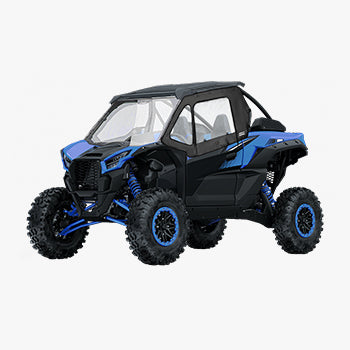

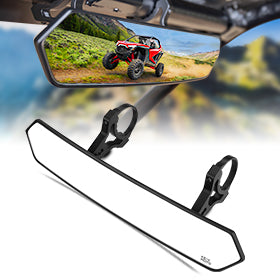
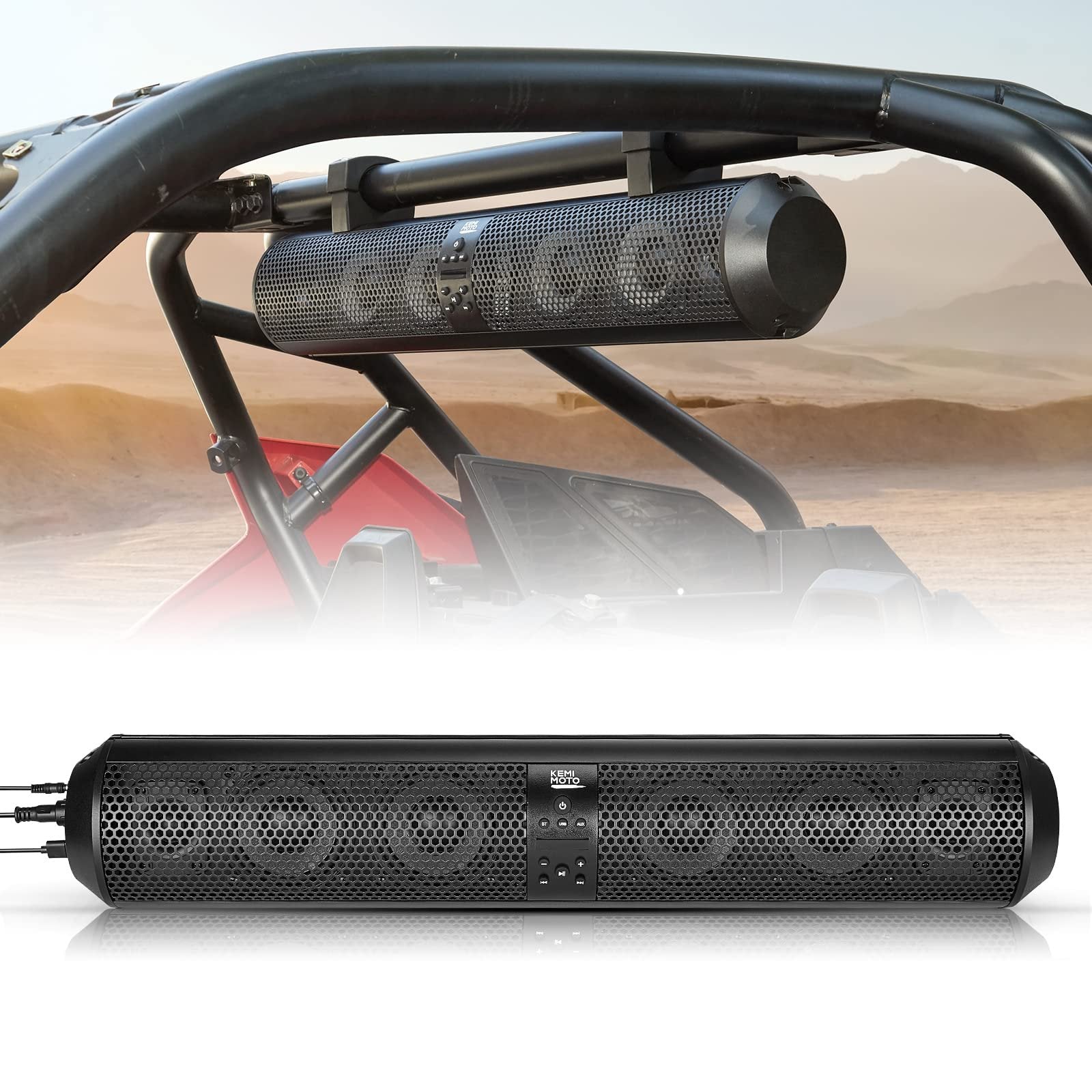
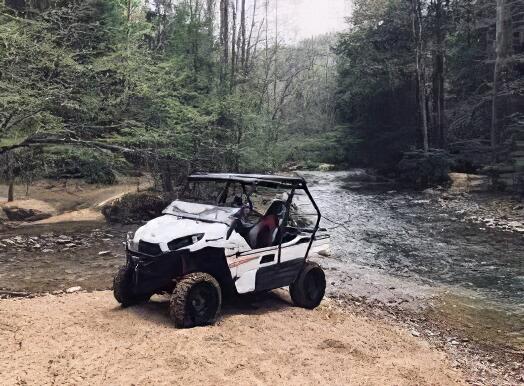
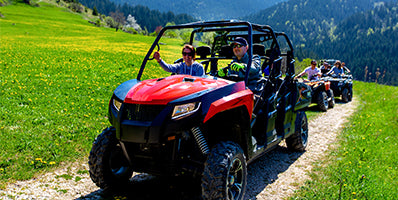
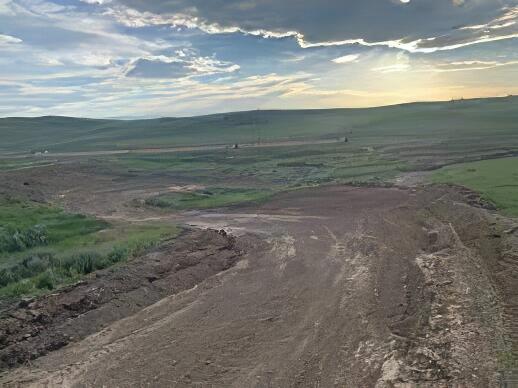
Laissez un commentaire